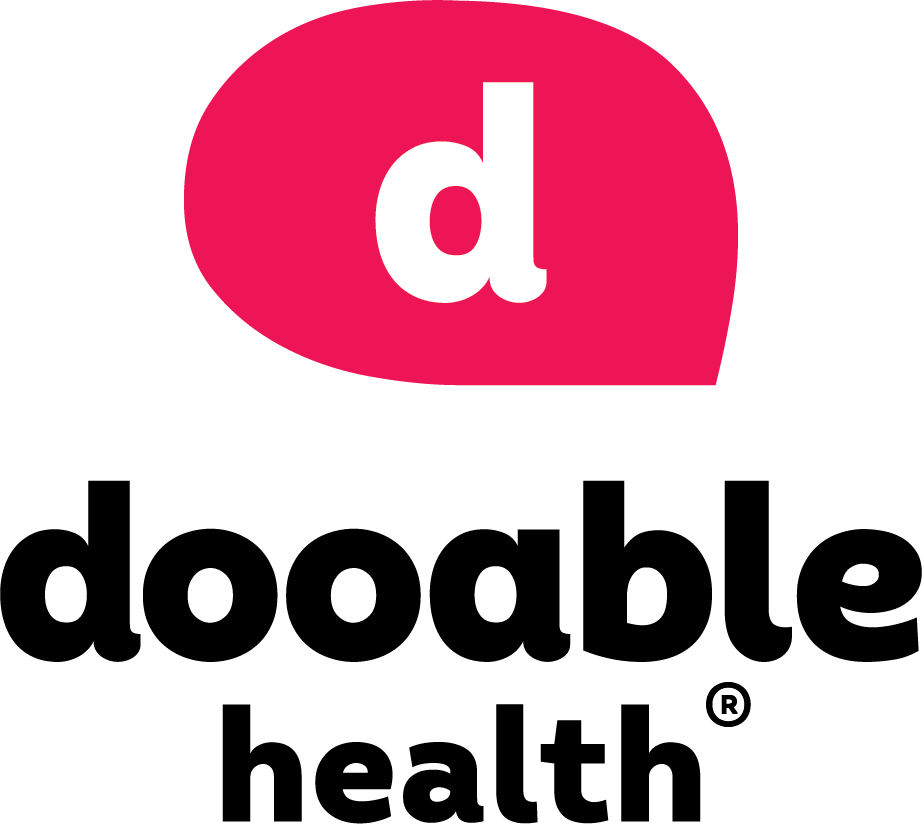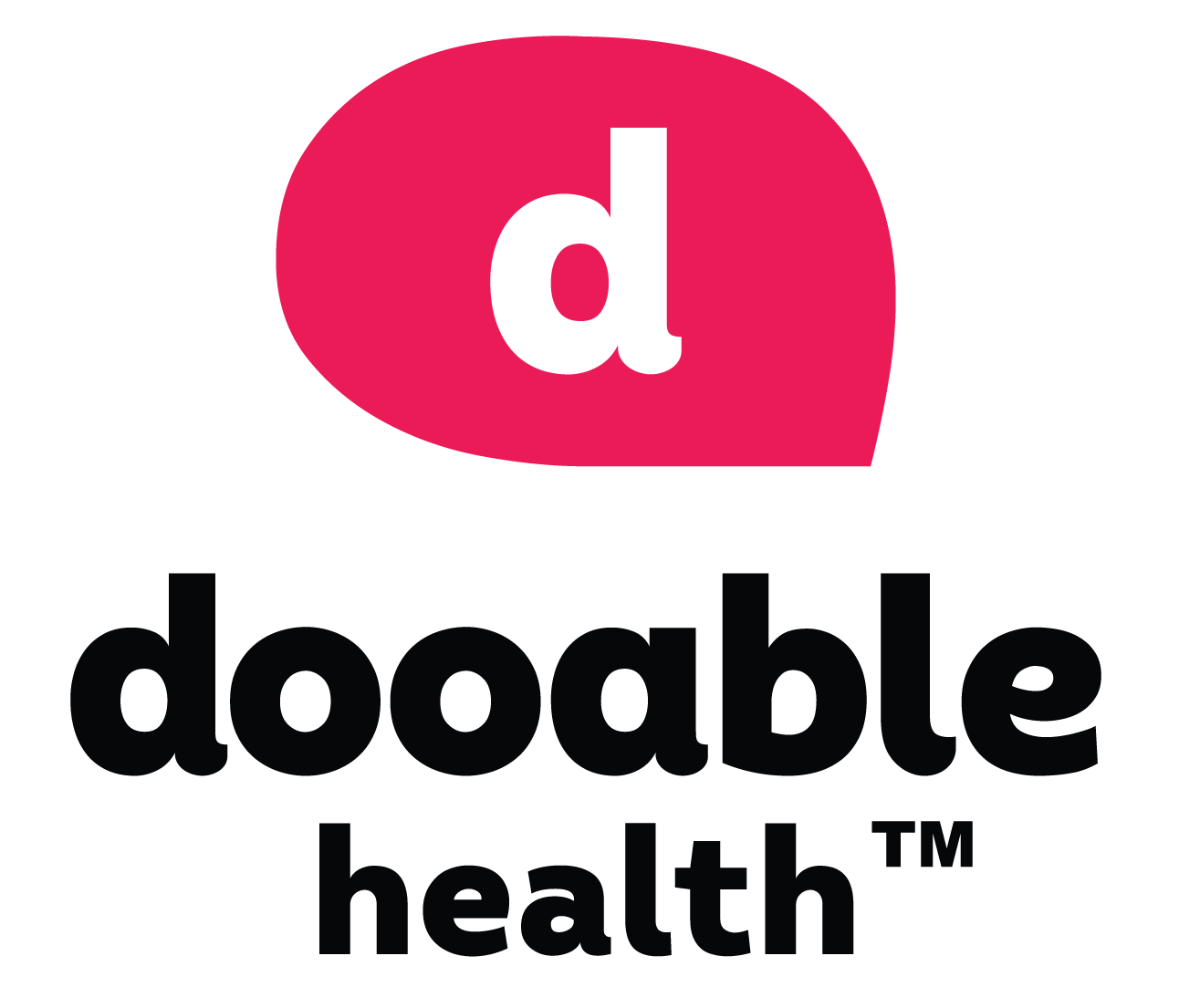Small Steps, Big Impact
May 31, 2025

In today’s fast-paced world, prioritizing employee health and wellness is more crucial than ever. Companies are increasingly recognizing the value of investing in their workforce’s well-being, but the challenge lies in ensuring that these investments yield tangible results helping them take small steps with big impact by Incentivizing Employee Wellness and foster a healthier workforce.
At dooable health, we believe that fostering a culture of wellness starts with empowering employees to make small, sustainable changes in their daily lives. By incentivizing micro-habits and providing the right tools and support, companies can create a lasting impact on their employees’ health and overall productivity.
The Power of Micro-Habits
Often, grand wellness goals can seem daunting and unattainable, leading to discouragement and abandonment. The key lies in breaking down these goals into smaller, manageable steps. Micro-habits, or tiny behavioral changes, are easier to adopt and maintain, gradually building towards larger goals.
Incentivizing Small Wins
Companies can leverage the power of incentives to encourage employees to embrace these micro-habits. By offering rewards or recognition for achieving small milestones, employees are motivated to stay on track and build healthy routines. These incentives can range from gift cards and fitness trackers to additional paid time off or wellness program discounts.
Building a Movement Habit
Let’s consider the simple act of walking. The American Heart Association recommends 30-60 minutes of aerobic exercise three to four times per week to promote cardiovascular fitness. However, for someone new to exercise, this goal may seem overwhelming. Here’s where micro-habits come in. Start by encouraging employees to take a 10-minute walk each day. As they get comfortable, increase the duration by one minute per day. Within a month, they’ll be walking for 40 minutes, surpassing the minimum recommended duration.
This gradual approach makes the goal achievable and less intimidating, increasing the likelihood of employees sticking with it.
Related Posts
GLP-1s: beyond the hype
By Thaís Naveda Luy|2025-05-29T19:26:03+00:00May 30, 2025|
Your Fitness Launchpad
By Thaís Naveda Luy|2025-05-23T01:24:18+00:00May 23, 2025|
Crush the Overwhelm Feeling
By Thaís Naveda Luy|2025-05-16T01:11:20+00:00May 16, 2025|
Wellness Wins
By Thaís Naveda Luy|2025-05-16T01:11:12+00:00May 9, 2025|
Balancing Macros
By Thaís Naveda Luy|2025-05-01T23:01:09+00:00May 2, 2025|







